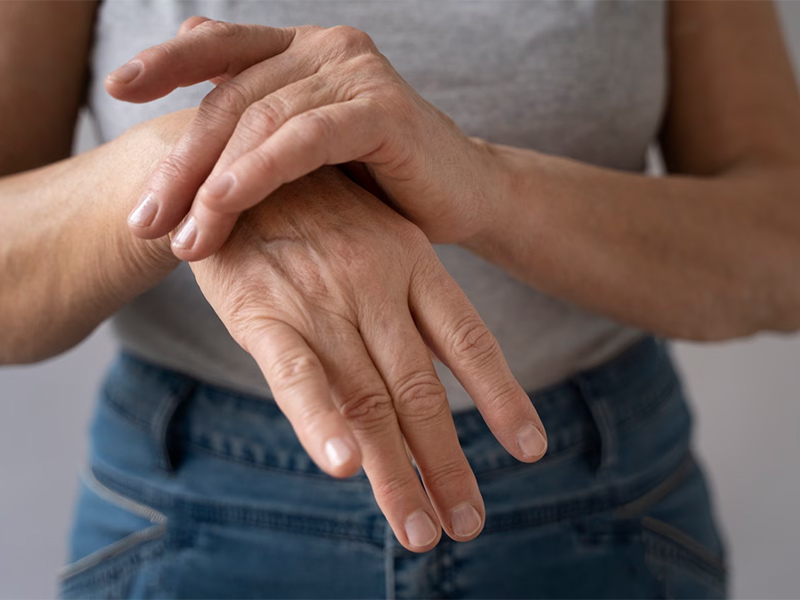
21 Sep Fungi on the skin and humidity
Skin fungi caused by damp walls are a common concern for those living in areas with damp climates or moisture problems in their homes. These fungal infections can be both uncomfortable and worrying. From Humilogic, we want to provide more information about this problem.
Contenidos
Why do fungi appear on the skin because of moisture?
Fungi on the walls, such as mold, release spores that can come into contact with the skin. When a person comes into contact with these spores and their skin is exposed to moisture, the spores can begin to grow and thrive on the surface of the skin. Lack of ventilation in indoor spaces contributes to the accumulation of moisture in the walls and air, which facilitates the presence of fungal spores.
People with weakened immune systems are more likely to develop fungal infections on the skin, even when exposure to fungal spores is minimal.
Is a treatment necessary?
Treatment for fungus on the skin due to moisture on the walls is usually necessary to relieve symptoms and eliminate infection. Although in some mild cases, symptoms may go away on their own, it is more common for them to require medical intervention to ensure a complete recovery and prevent future relapses:
- Symptom relief: skin fungus can cause severe itching, redness, and skin discomfort. Proper treatment can quickly relieve these symptoms, providing comfort to the patient.
- Avoid complications: if left untreated, fungal skin infection can worsen or spread, which can lead to more serious complications, such as secondary bacterial infections.
- Recurrence: moisture in the walls, which is the underlying cause of infection, is still present and may cause future relapses if not treated properly.
- Proper diagnosis: a health professional can confirm the diagnosis and determine the specific type of fungus involved, which is essential for effective treatment.
Is this type of fungus on the skin by moisture painful?
Having fungus on the skin because of moisture on the walls is usually not painful in itself. Usually, the presence of fungi on the skin manifests with symptoms more uncomfortable than painful. These can range from itching, redness, peeling of the skin, skin rashes, and in some cases, mild burning. The most common discomfort experienced by people with skin fungus due to humidity is itching. This itching can be intense and can lead to the need to scratch, which in turn can cause additional irritation to the skin. Itching is usually the most uncomfortable and persistent symptom in these cases. However, it is important to note that the severity of symptoms can vary from person to person and depends largely on the individual skin sensitivity and the specific type of fungus.
What to do to avoid spreading the mushrooms to more people?
Preventing extension is essential to maintain skin health and prevent future infections:
- Keep skin dry: moisture is a key factor in fungal growth. Dry your skin well after bathing and avoid staying in wet clothes for a long time.
- Wear breathable clothing: opt for clothing made of natural materials such as cotton, which allows the skin to breathe and reduces moisture retention.
- Avoid sharing personal items: fungi can spread through direct contact with personal items. Avoid sharing towels, combs, brushes, or other objects that may be in contact with the skin.
- Avoid scratching: scratching can spread fungi to other areas of the skin. If you feel itchy, try to resist temptation and instead apply the prescribed treatment.
So that the mushrooms do not invade your skin again, what you must do is remove the moisture from your home We can help you! Contact our team and we will help you.
